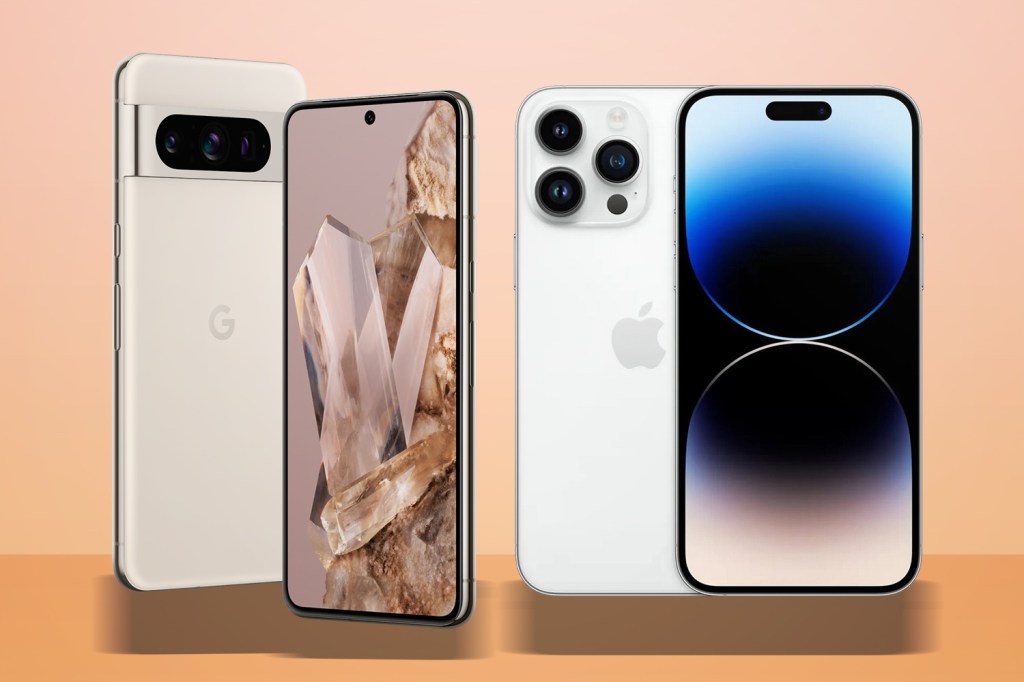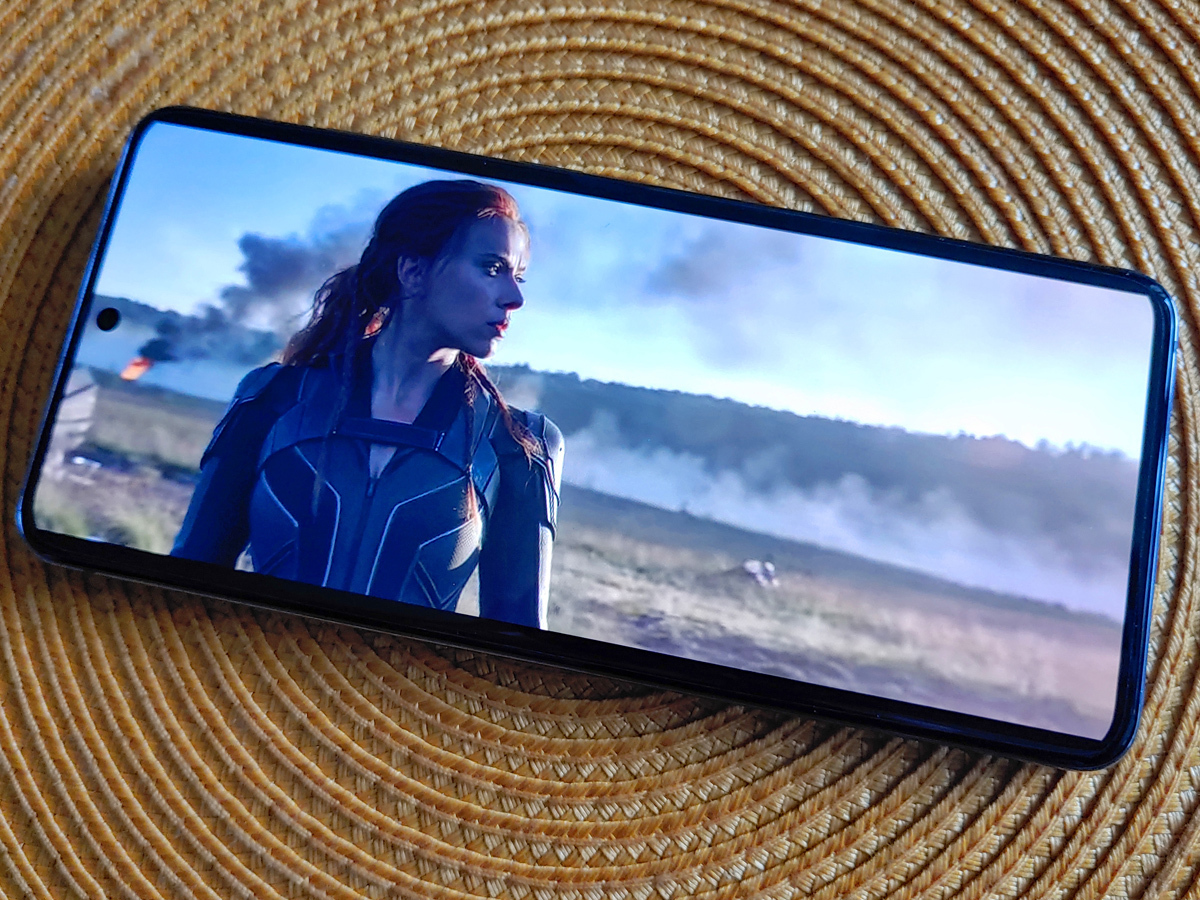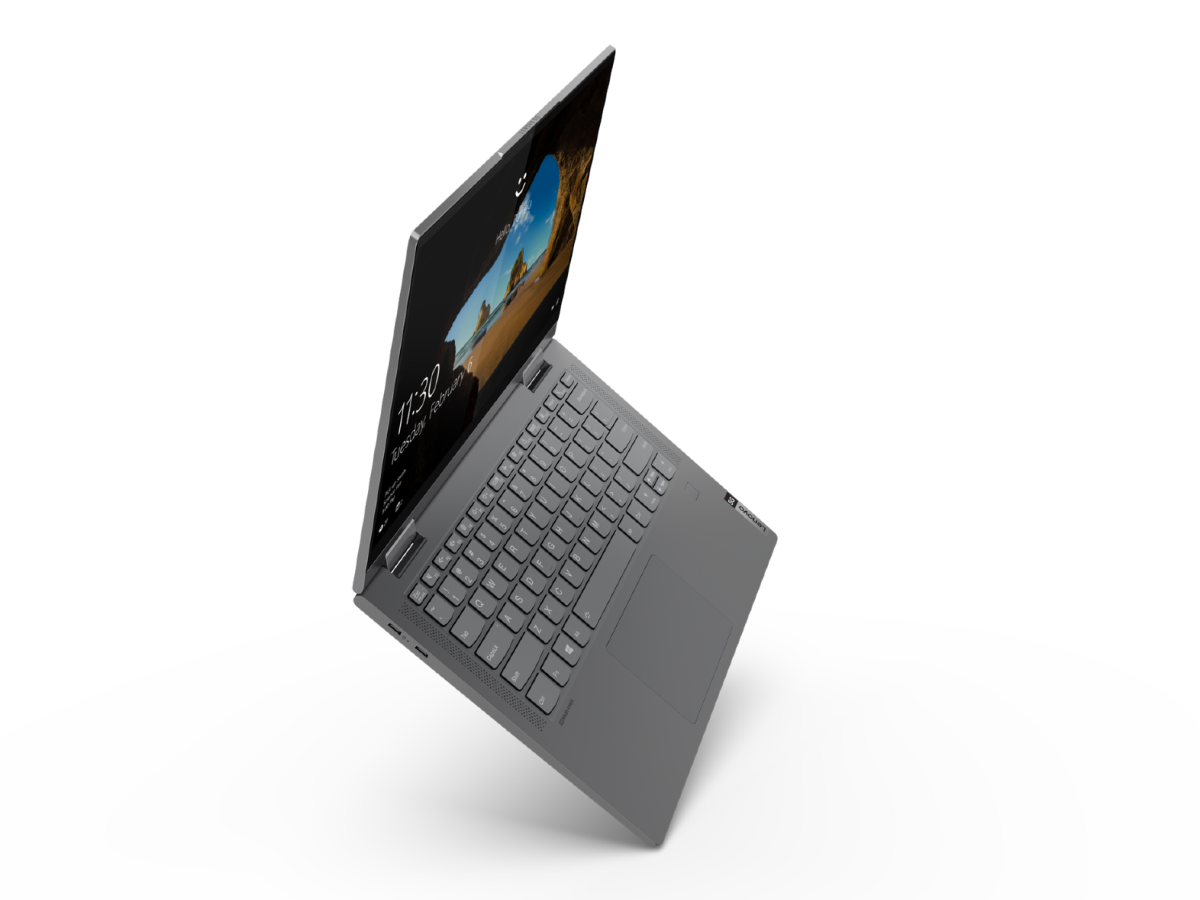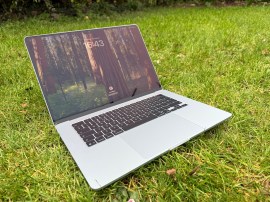Everything you need to know about 5G
UPDATED: Now includes info on all four major networks' 5G offerings and news of Vodafone's next step

It’s been a few years since the first 5G networks were switched on in the UK.
While the first 12 months didn’t exactly go swimmingly (mainly thanks to the tinfoil hat brigade taking out their moronic frustrations on random mobile phone masts), things have come a long way since the first 5G switch was flicked in May 2019.
If you’ve had other things on your mind recently and want to get up to speed with everything 5G, here’s everything you need to know about what it is, how you can get it, and why you’d even want it. And not a tinfoil hat in sight. Oh, and you’ll (naturally) find 5G prevalent in our list of the best smartphones around, if you’re in the market for a new handset.
What is it?
It sounds obvious but 5G is like 4G but faster. Remember the jump from 3G to 4G? This will be like that but supercharged.
In real-world use, 4G usually gives you speeds of around 20Mbps, which seemed speedy when EE first switched it on in 2012, but with the internet now demanding more from our connections it just doesn’t cut it anymore.
In theory, 5G is capable of 10Gbps. In reality you’re more likely to see average speeds of around 1Gbps, which is still a significant upgrade on what existing networks currently offer.
Recent real-world tests have shown 5G speeds reaching up to a slightly less impressive (but still impressive) 450 Mbps, compared to 4G’s 7.1 Mbps. That’s a stark difference, which conclusively shows the benefits of 5G, even in areas when it’s not reaching its full potential. However, it’s important to note that 5G performance can vary significantly depending on several factors, including network deployment and spectrum usage. Natch.
As for even geekier details — 5G networks operate on different spectrum bands, each with unique characteristics. Are you ready? Let’s go:
- Low-band (600-900 MHz): offers excellent coverage and building penetration but slower speeds.
- Mid-band (2.5-3.7 GHz: provides a good balance of coverage and speed.
- High-band (mmWave, 24-47 GHz): delivers extremely fast speeds, but with limited coverage and poor penetration.
Understanding these spectrum bands helps explain why 5G performance can vary so much depending on location and network deployment. In short, you can’t have it all, and it’s well worth checking which networks offer the best signal/fastest speeds in your most frequented areas, to help you make the best choice.
What will it allow you do?
Those numbers might look big but unless you’re a network nerd you might not know what it actually means to your daily phone use, so here’s a good real-world example.
Back when 5G was novel, Vodafone allowed people at Manchester Airport to connect their phones to a 5G-capable router and see what difference the extra speed made to their downloads. Using a Now TV pass, passing travellers were able to download a whole nine-episode series of Tin Star in just over six minutes. On a 4G connection the same download would take 20 minutes longer.
But there’s more to 5G than just pure speed. It also has lower latency and higher capacity, so you won’t experience those annoying signal dropouts when lots of people are all trying to use their phones in the same place.
Which phones have 5G?

To connect to the network your phone will need a 5G modem inside, which most modern smartphones (bar Huawei, thanks to some political wrist slaps), now have.
Today, most handsets have the necessary gubbins inside, either as standard or with special versions. And yes, that applies to not only flagship devices but also mid-range and even budget smartphones. Hooray for progress.
When will it be available?

All of the UK’s major networks now offer 5G. Like 3G (RIP) and 4G, levels of coverage will vary within each town or city, so just because you live in an area served by 5G don’t expect the signal to be 100% everywhere you go. Many cities and towns have yet to be blessed with 5G speeds, so it’s worth keeping an eye on your network’s coverage map to see when you can expect to ride those faster wireless speeds in your area.
Any downsides?

Even if morons didn’t keep attacking the masts, 5G’s major downside right now is its inconsistent coverage. Find a strong spot and things scoot along at speeds that 4G could only dream of, but you only need to move a couple of streets and it can drop back down to much less impressive numbers. The high-speed future isn’t here quite yet, then.
That’s to be expected though. A year isn’t very long in the world of technology and it’ll be some time before 5G has the same level of proliferation as 4G does now. Considering 4G launched eight years ago though, it’s had a significant headstart, and that didn’t reach every corner of the country overnight. In fact, it still hasn’t.
What’s next?

It’s worth noting that 5G isn’t just for mobile devices — it’s also emerging as an alternative to traditional broadband for home internet. For example, 5G home internet offers several advantages, including easy installation without the need for physical cables, the potential for high speeds in areas with good 5G coverage, and often more affordable pricing than traditional broadband options.
However, its performance depends heavily on local 5G coverage, and can be affected by factors like building materials and network congestion. If you’ve got good signal and a layout that supports it though, this could be the best option rather than faffing around with cable installations.
As 5G continues to evolve, we can also expect even more impressive capabilities round the corner. Enhanced mobile broadband with peak speeds potentially reaching 20 Gbps(!) is on the horizon, alongside ultra-reliable low latency communications (URLLC) for critical applications. Sounds impressive, doesn’t it?
Looking even further ahead, early research and development of 6G technology is already underway, with commercial deployment aimed for around 2030. And on that note — Wi-Fi 7 is another next-generation wireless technology that’s making waves, and you can read about it here, if you to cram your brain with even more networking stats.



